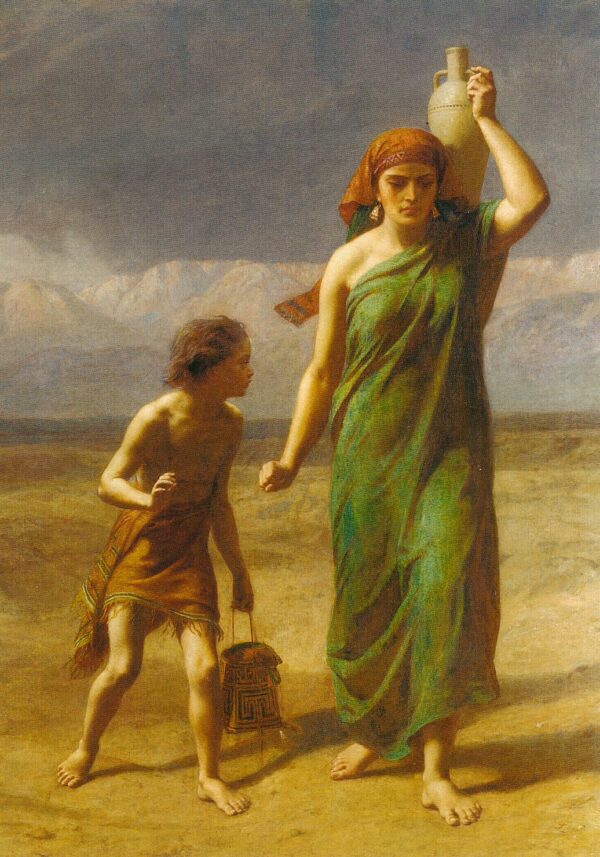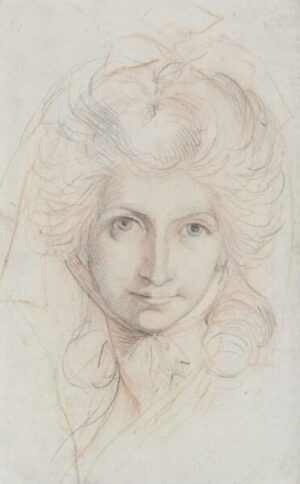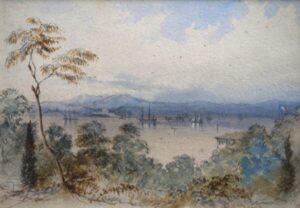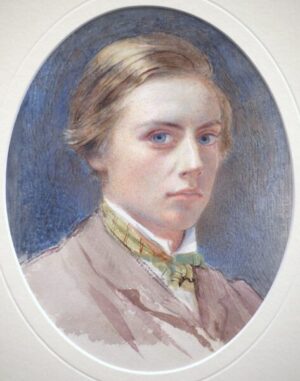Description
This picture, cut down from its original size of 54 x 96 in., is amongst Goodall’s most important works, and excited contemporary acclaim from Gladstone and Ellen Terry amongst others. Originally a landscape, the picture was taken from sketches made in the desert between Cairo and Suez on Goodall’s first visit to Egypt in 1858-9. Since its exhibition in 1866 it has lost much of the landscape background and such unpalatable details as the bleaching skeletons of camels, and vultures hovering in the sky. It remains, indubitably, the Academy version however, as the review in the Art Journal makes clear.
‘Mr Frederick Goodall, R.A., has in his poetic and deeply impressive picture, maintained the position which the works of recent years have won…The subject chosen by Mr Goodall is perhaps as grand as any which Scripture history suggests. Sarah said unto Abraham ‘Cast out this bond woman and her son’ and she departed and wandered in the wilderness of Beer-Sheba….They cannot long have entered on this waste and wide wilderness, for the water borne on the shoulder is not yet spent, and the kindled wrath of the woman has not cooled. There is indeed, nobility and assurance in Hagar’s aspect, for she knows that God will make of her son a great nation. Yet the picture tells us, by unmistakable signs, that she is to be an outcast and a wanderer. She seems however, to threaten just as much as she suffers. Her spirit is proud and not easily quelled….The figure of Hagar is enhanced to the uttermost, both by nobility of form and deep lustre of colour. Her robe is of blue, passing into emerald; the head dress has the force and brilliancy of the complementary colour, orange. Hagar, we are told, was an Egyptian; a sphinx-like type of face, massive, finely formed and firmly modelled, pronounces the head in strength. Finally, specially worthy of note, is the power maintained in quietism. The effect has been kept down; we feel there is a reserve of force’.
Goodall closely copied the composition of the figures in his Royal Academy exhibit of 1879, no. 446. A line engraving of the picture may be seen in the Royal Academy Notes of that year.
The book of Genesis relates how when the water Hagar was carrying gave out, she laid Ishmael under a bush to die, while she sat some way off, weeping. The archangel Michael then appeared to her, and revealed the location of a nearby well. Ishmael went on to become the father of the Arab nation, numbering the Prophet Mohammed amongst his descendents.



